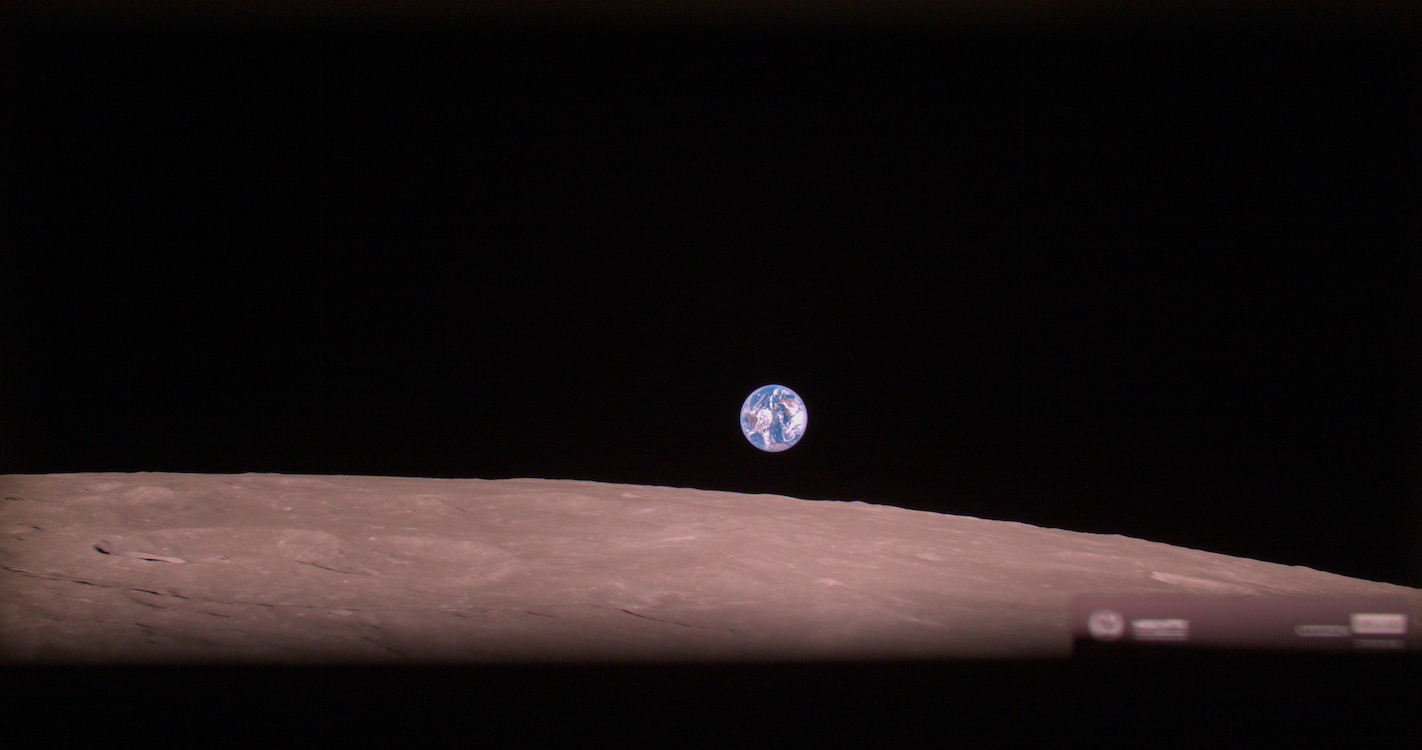

Why ispace's lunar lander failed: A software engineer's worst nightmare
source link: https://spaceexplored.com/2023/05/29/why-ispaces-lunar-lander-failed-a-software-engineers-worst-nightmare/
Go to the source link to view the article. You can view the picture content, updated content and better typesetting reading experience. If the link is broken, please click the button below to view the snapshot at that time.

Image: ispace
ispace announced it had solved the mystery of why its lander failed to have a successful touchdown on the lunar surface last month. Thanks to a software feature intended to help save the lander, the glitch ended up being its demise.
Rely on your sensors, but never trust them
There are always two sides to developing a space system, the hardware and the software. First, the hardware must be rigid and sturdy enough to withstand launch but light enough not to weigh too much. Then it has to survive high and low temperatures, radiation, and whatever else space can come up with.
The software has similar complex issues. It needs to be autonomous and make decisions with as few sensors as possible. In addition, it needs fail safes, ways to save the spacecraft if the worse happens and determine if something is wrong before it destroys the mission. All of this while using as little memory and CPU power as possible.
Sensors are a tricky beast, they provide some great information to systems, but you can never quite trust them. So you will usually validate the data from them using a source you know or forced to assume is true (I’ve had to do this for several products in my previous profession). To validate the altitude coming to the HAKUTO-R lander, ispace used expected terrain values against the actual readings it was getting.
When the HAKUTO-R passed over the rim of the crater in which its landing spot was located, the steep side did not line up with the expected terrain data provided. Because of this, the lander decided the altimeter would not be trusted and relied entirely on the provided data.
So when the ispace’s lander believed it was at the surface of the Moon, it was actually five km up. Eventually, the lander ran out of fuel and crashed into the Moon’s surface.
Wanna connect? Join our Discord server! Featuring forums and chatrooms for space fans.
What now?
Luckily for ispace, the software can be changed, and the hardware worked flawlessly. The company is making changes to ensure the testing of the terrain data is better handled to ensure that it doesn’t happen again.
Thanks to a mission that succeeded with eight of its ten objectives, the company feels confident to move forward to its second and third missions without delay. While this will make a harder timeline to be the first private company to land on the Moon, Blue Origin might also have some mission in the mix next year. It shows a commercial market for lunar exploration is growing.
FTC: We use income earning auto affiliate links. More.
Recommend
About Joyk
Aggregate valuable and interesting links.
Joyk means Joy of geeK